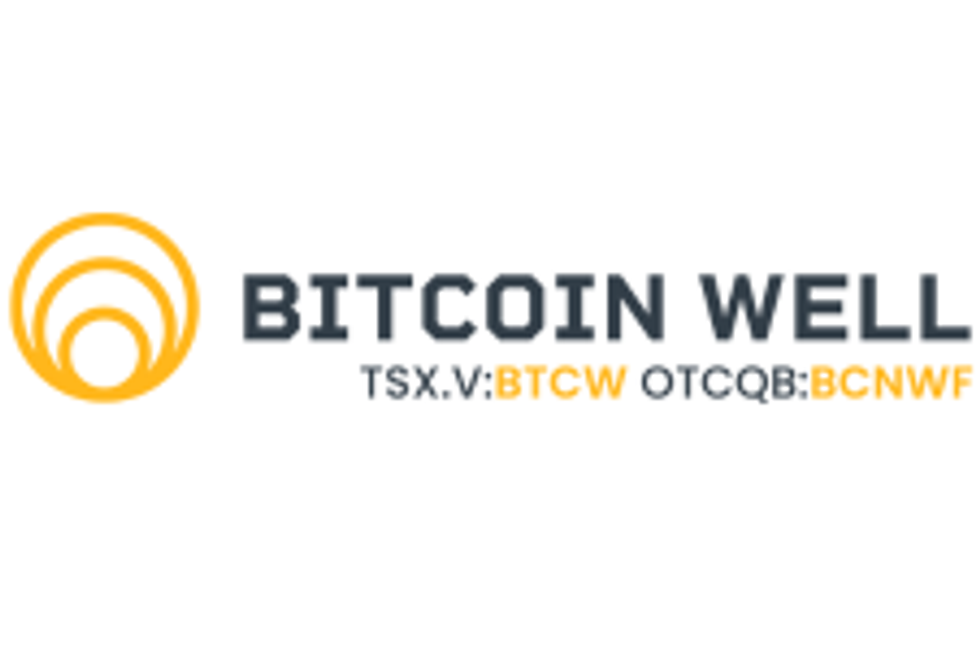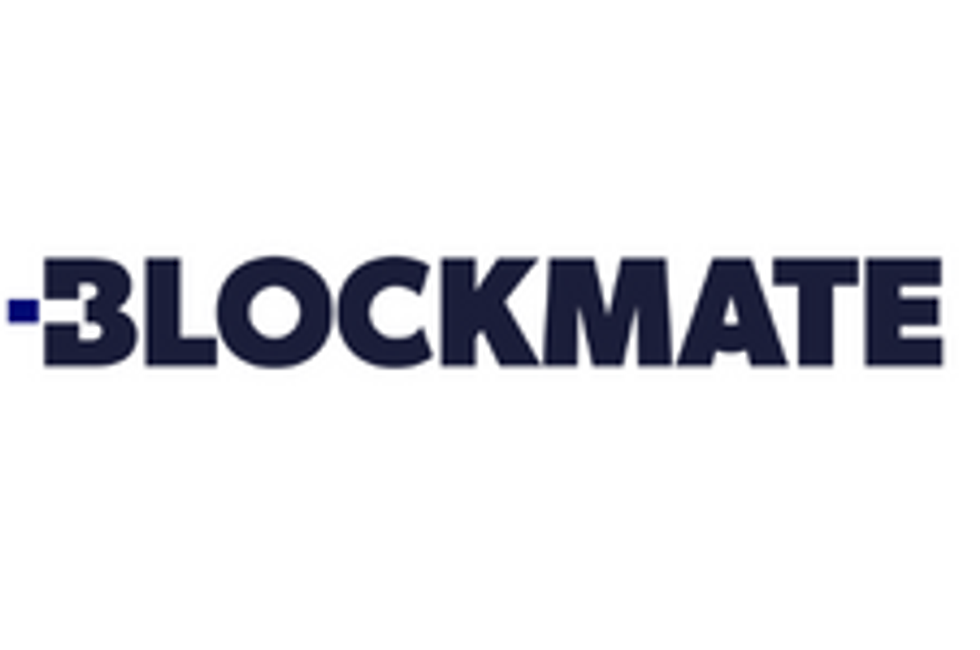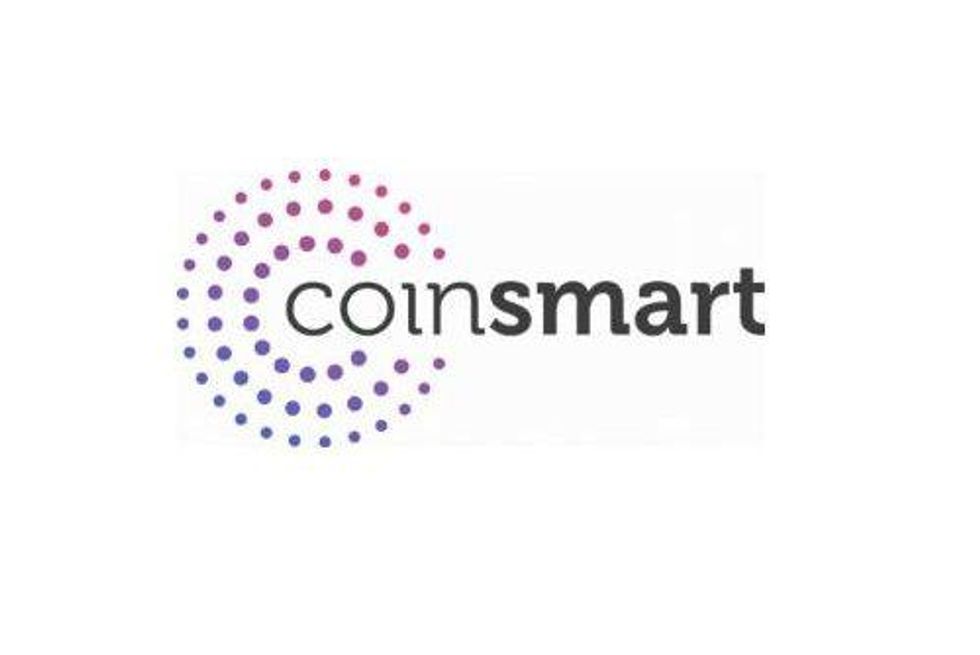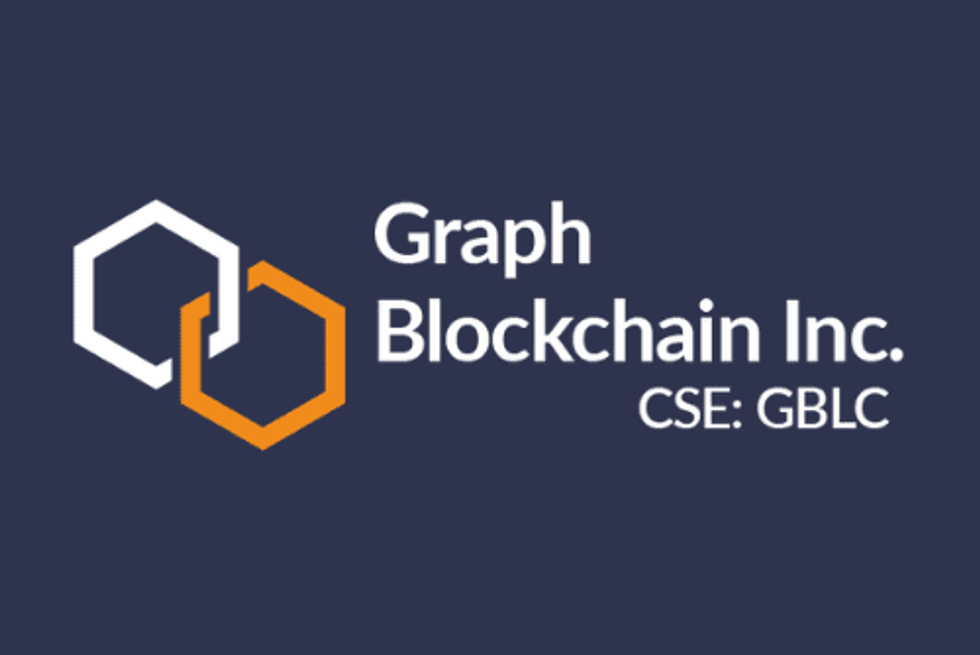Brad Kirby: Decentralization is Key to De-risking Stablecoins
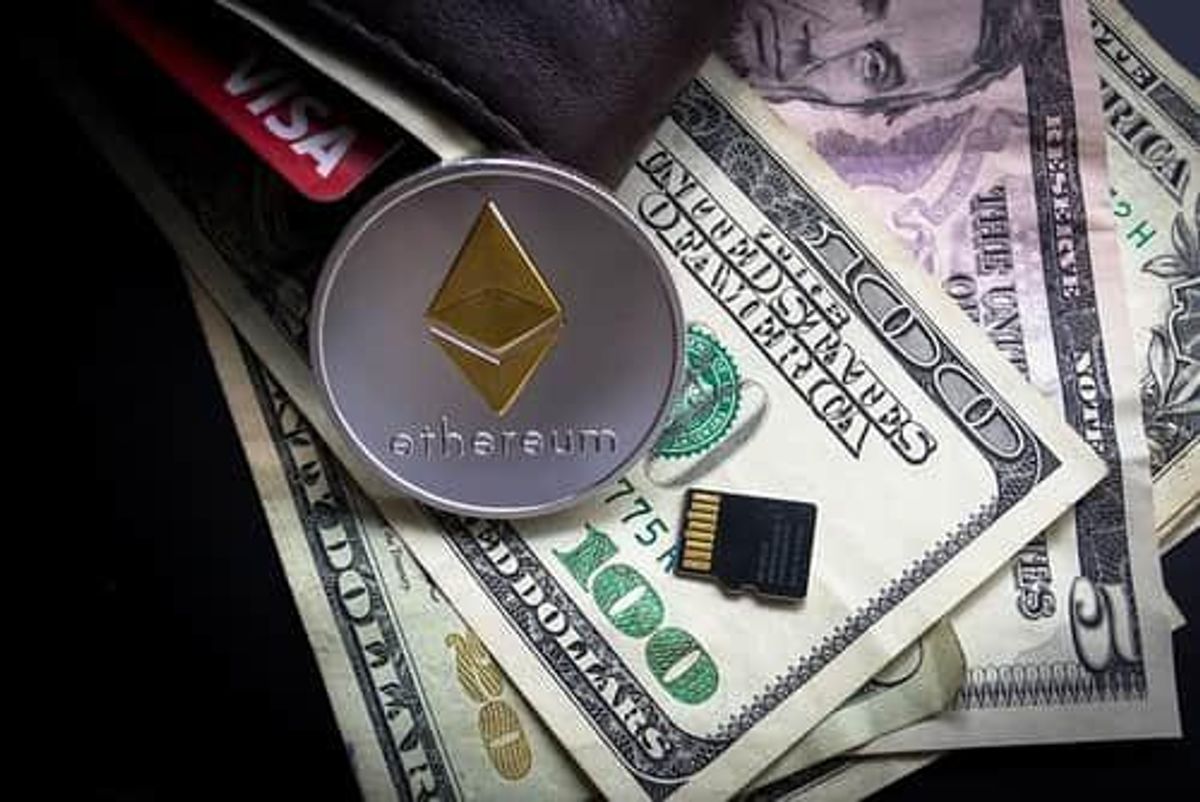
Brad Kirby, co-founder of f1at, discusses the economics of crypto and the autonomous structure of his decentralized stablecoin protocol.
Stablecoins have garnered investor attention in 2019, pushing top stablecoins towards impressive market capitalizations. According to the Stablecoin Index, the biggest stablecoins in circulation are Tether at a US$4.03 billion market cap, TrueUSD at US$192.7 million and USD Coin at US$438.32 million.
As stablecoins gain more attention, Brad Kirby, co-founder of f1at and founder of DLT Advisory Group, spoke with the Investing News Network (INN) about the stablecoin market during the Blockchain Futurist Conference in Toronto.
Currently, only a handful of stablecoins have a market cap over US$5 million. Despite this, the space has garnered a flurry of interest in the past few months, particularly since the Facebook (NASDAQ:FB) Libra announcement in June.
With a tenure that includes work with Deloitte and Brookfield Asset Management (NYSE:BAM), Kirby discussed how his autonomous fiat-backed protocol is championing decentralized systems in the crypto ecosystem. After witnessing the shortcomings of financial settlement and clearing times, Kirby says that blockchain technology can help reduce this friction, allowing for the potential for these systems to occur in significantly less time.
Kirby also discussed game theory in crypto economics, his view on Facebook’s Libra stablecoin and the potential for cryptography to reshape finance.
The interview has been edited for clarity and brevity. Read on to find out what Kirby had to say.
INN: How would you describe the current stablecoin market today?
BK: So the stablecoin market is mostly in the US. There’s about 238 projects in flight right now, about 68 of them are actually live. Twenty-three of those are listed on CoinMarketCap, and only maybe six have a market cap over US$5 million.
So there’s really not a huge market today. Those are mostly US dollar-pegged stablecoins, the largest being Tether. Tether is the major one that is dominating the market today.
But what you’ll see, with the exception of Maker DAO, is that all of them are being run by cryptocurrency exchanges. They’re also central. So you have a cryptocurrency exchange that’s centralized, that is acting as the custodian. They’re acting as the wallet and the bank account. They’re acting as the broker. Now, they’re also acting as the central bank. There’s no independence across the cryptocurrency supply chain with respect to stablecoins.
So in my view, the stablecoin market has a lot of issues today. You see attempts from companies like Maker DAO that are good, they’re smart. I think the crypto community really appreciates them. They’re based on a dual token system whereby Maker DAO, is effectively a decentralized organization that provides a number of economic mechanisms that create stability. They do that through various things such as liquidity ratios because it’s collateralized by ethereum. So things like that have a little bit more merit in the blockchain ecosystem. In the Canadian ecosystem, there are a couple launching: 3iQ and Anon have formed a joint venture to launch QCAD. And then the Coinsquare is trying to launch eCAD.
Coinsquare has a very strong anti-money laundering and compliance team. I think it is realizing the hurdles that it has to go through to do that. And then there are other protocols like Reserve, which is going to do whatever it wants with it’s stablecoin protocol. It thinks its project is an investment fund.
INN: Right.
BK: So at f1at, what we’re trying to do is keep it simple by creating a decentralized network of trusted crypto institutions on day one to run a hybrid chain that is essentially minting and burning and writing the treasury management process of stablecoin without the need for trust agents. And that’s through proprietary connectivity to banking as well as patenting work that we’re doing on the blockchain side of things, which will then lead into interoperability across blockchains. It will be able to issue those stablecoins across blockchains as well.
But what we want to be doing is working with trusted providers. Another problem with all these stablecoins is their goal is just to be listed on as many exchanges they can. Too many wallets, too many payment providers, and that’s just going to create a whole flux of issues. So we want to do it right from day one. We’ll likely start in Canada first, just because we’re Canadian. We know this is just a small market in comparison. But we could find a roll out to areas like the European Union pretty quickly. And if we see it working, take it to the US as well.
So that’s the plan with f1at; we have a lot of relationships with social players here. We all see the need for building infrastructure to continue to promote the ecosystem. Especially for institutions and gaining their trust. That’s effectively the long term goal.
INN: That’s fascinating. You founded f1at in January, a decentralized, autonomous fiat-backed stablecoin protocol.
BK: Yes. I co-founded it with my chief technical officer basically.
INN: Can you tell me more about this process?
BK: I used to work at Brookfield Asset Management in its treasury capital markets and building our global treasury system across 30 countries, 40 banks, as well as automating payments, automating our foreign exchange and interest rate trading.
We had 400 different lenders. I saw all the different aspects of how our company markets work, and all the intermediaries and all the pains they have to go through. I could see the supply chain in finance, and I see what other people like Polymath are doing with security tokens and digital assets beyond just cryptocurrency. I think that a stablecoin is granted as a serious instrument for risk management purposes for institutions because they’re still going to have to manage their functional areas.
Brookfield Asset Management is deemed a US$300 billion management, but they’re US dollar functional. So all the hedging is done in US dollars. If they ever wanted to participate in cryptocurrency, it would want the option to be able to easily get back on to US dollars. And there’s a bit of friction on that today. It could be time delays and it can result in volatility within the crypto or those digital assets. So the ability to instantly settle is important. And you see the Bank of Canada, Payments Canada and a number of other organizations like Sector Model Three and the big five banks in Canada working on this. And with the announcement of Facebook’s Libra in June, all of the central banks are paying very, very close attention to this.
The G7 countries created a financial task force to address it. The People’s Bank of China announced it is imminently releasing its own cryptocurrency. Japan’s going back and forth because they have negative interest rates. It doesn’t think it can do it and it’s a whole other discussion.
INN: Can you tell me more about your governance structure?
BK: The idea is that there’s a decentralized consortium on day one and a mandated governance structure that continues to decentralized over time as we’re able to scale blockchains. As we’re able to gain more trust and more clients, people will understand blockchain.
INN: Right.
BK: In the same sense that maybe people didn’t understand online banking at some point, right? It’s just trying to bridge that gap as we move forward as an ecosystem and provide the tools and infrastructure for people to see the way and where this can go as well as the benefits of this.
INN: There’s a lot of skepticism regarding Facebook.
BK: There certainly is, yes. And the way they released it. I listened to the nine hours of congress voting as most people in the space did. They debate a lot of claims that aren’t true. They said, “Oh, we had all these as part of the consortium.” But Visa (NYSE:V) and MasterCard (NYSE:MA) said they’d only sign non-binding letters of intent.
So they weren’t even in the consortium. David Marcus warned saying that “Oh, it might never get off the ground.” And Mark Zuckerberg came back and said, “We’re going to make it work at all costs.”
It’s a bit of a crazy world right now, but so is what we’re doing. I feel like that as a fiduciary trying to create an independent protocol for handling the issuance and maintenance of stablecoin. It really is similar to a central bank and, in a sense, it could replace central banks, or it could supplement central bank processes like printing money and destroying money. But at the end of the day it’s an interesting world right now.
INN: Right.
BK: So now we’re trying to get all the feedback we can from everybody across the ecosystem. Security settlements for securities is a big business. So there’s that kind of a gap to fill. And we think that we could provide a more secure and better future towards managing this.
INN: Right. The potential is there. Now during the presentation, there was some talk about different wallets and how dangerous they might be to store your cryptocurrency in. So how is the space going to deal with these issues?
BK: There’s obviously self custody, which has its own risks. If you have a hardware wallet, you could lose it. And if you forget your passkey, you might not be able to recover it. So that takes a level of technical know how. But in the institutional space, this is where custodians like Balance, one of the companies that I advise for, are providing a trust for institutions. Because they need that.
So you could have a desktop wallet, but also this is like a backup for it. Then it just comes down to protecting your passwords.
INN: What are some of the challenges you’re seeing in the stablecoin space?
BK: Depending on which blockchain it is, the speed of transaction. And I think that’s getting a lot closer than people think it is. But speed of transactions is a consumer demand. I think in terms of fees, however, there certainly is potential for fee reduction.
INN: Can you tell me more about crypto economics?
BK: So crypto economics gets into things like game theory — so how the cryptography plays into game theory. If you look at game theory as a study of economics, there’s been 11 Nobel Prizes issued for game theory. You’ve heard of John Nash, the movie A Beautiful Mind? You’ve heard of the prisoner’s dilemma where they talked those kind of basic problems? They actually do translate into a cryptography of the players system.
INN: Right.
BK: There’s probably about 20 other branches of it, but you get an evaluation of it, talking about the velocity of money and things like that. How we should be building incentive mechanisms. This gets you to things like voting and governance and group activity for the economics of it.
INN: Why should investors pay attention?
BK: There’s a lot of smart money that understands the economic side of it. The complexity of cryptography is one of the major breakthroughs. That was released in the Satoshi Whitepaper, and it was the ability to transact in this manner. Then I think you’re also seeing a lot of people from traditional finance now moving into this.
It’s in its infancy, like there’s public stocks, and there’s initial coin offerings. To me, a lot of them are just very, very, very high risk. Unless you’ve actually got a working prototype that a company that’s championing cash flow, then it’s hard to really recommend any investments. But there are some companies that are benefiting tangibly like IBM (NYSE:IBM).
With files from Georgia Williams.
Don’t forget to follow us @INN_Technology for real-time news updates!
Securities Disclosure: I, Dorothy Neufeld, hold no direct investment interest in any company mentioned in this article.
Editorial Disclosure: The Investing News Network does not guarantee the accuracy or thoroughness of the information reported in the interviews it conducts. The opinions expressed in these interviews do not reflect the opinions of the Investing News Network and do not constitute investment advice. All readers are encouraged to perform their own due diligence.
